Exhibition dates: 9th December 2017 – 6th May 2018
Curated by Julia Dolan PhD, the Minor White Curator of Photography
Over two postings, Phase 1 of this exhibition which features one of the greatest collections of early photographs by Minor White!
Minor White (American, 1908-1976)
Untitled (Dock)
c. 1939
Gelatin silver print
Courtesy of the Fine Arts Program, Public Buildings Service, U.S. General Services Administration
Commissioned through the New Deal art projects
Public domain
Catching fire
It is a memorable experience to be able to observe a great artist experimenting with his craft, which is exactly what MW is doing in the photographs in these two postings. Here is an artist at the start of the path, honing his skills as a “creative photographer”: for these are creative, public photographs not expressive, private ones.
The photographs are a strange mix… part modernism, part romanticism, with a large dose of Pictorialism (dare I mention the word!) thrown in for good measure. I can see influences of the night work of Brassaï; the architectural photographs of Charles Sheeler; the photographs of Albert Renger-Patzsch and the German New Objectivity; the urban and urbane photographs of Walker Evans (The Customer, c. 1939 and Joseph, Oregon (Joseph Cemetery) c. 1940 below); the spatiality, surrealism and detail of Eugene Atget’s Paris photographs; and the landscape work of Ansel Adams. Overlay these influences with feelings of spirituality, sexuality and the atmosphere of place and you have a heady mix. And yet these photographs are purely his own.
What a time MW was having when he made these photographs. There were no limits to where he could point his camera.
As I talk to my friend and mentor about photography, we have brave conversations about artists, vision, looking, previsualisation, representation, the print, and more generally life, words, spirit. He observed of this group of photographs:
“There were things that looked like photographs that other people had made.
There were things that were naively interesting to him for what they were.
There were things that allowed him to experiment with ideas of metaphor.
There was a combination of subject matter and light that enabled him to touch upon a world of symbol and ritual without him ever really being confident in that world (at this time).
There were also affirmations of how he could organise the world through his camera. He knew he was really accomplished with organising the edges of his image (particularly the right hand edge) and how this segued into the centre of his images where he hoped he could also organise subject matter – but he was not as skilled with this. He was still learning his craft.
He also knew that he could escape reality by changing scale, changing the lightness of his subject matter, changing the mood of his images with print colour (cold events printed warm) and then affirming the mood of his images with print colour. He knew there must be more with how he printed – was he beginning to understand that there his knowledge of printing chemistry could also be applied to film chemistry? Maybe there was an inkling of this but he was never extremely skilful with this. And he was not trying to expose and change film development techniques according to the subject matter – but there were emerging confused questions about this that would be exceptionally refined later.
I don’t think he applied labels like modernist or romantic to himself – but he was burningly aware of his authorship – and it excited him to the bone. Sometimes he was aware that he was walking an edge between various worlds and this was starting to take a form where he was both teacher and student – he could sense it starting to appear in his images and this made him secretly full of delight.”
(Ian Lobb in conversation with Marcus Bunyan)
My friend has such a tremendous knowledge of the work of MW and of photography and life in general. I most appreciate the passing on of these observations to me. You really can feel that the artist is walking an edge between various worlds and that the photographs embody a critical shift in consciousness, from “truth in appearances” to a longing for transcendence. The work is full of symbolic and metaphorical allusions/illusions.
That MW’s photographs still offer these affirmations to the viewer nigh on 80 years later show’s the intensity of their visualisation. They are a gift from the cosmos to one human being and back to the cosmos (in the form of an ensō, or Zen circle), and should be accepted as such.
Dr Marcus Bunyan
Many thankx to the Portland Art Museum for allowing me to publish the photographs in the posting. Please click on the photographs for a larger version of the image.
“A banquet of frustration”: Minor White penned the phrase in 1939, after reading T. S. Eliot’s 1922 poem The Waste Land. “I perceived that if one could put out the energy to produce a banquet of frustration, then frustration had power,” White commented. “It was worth pursuing.”1
“The duplicity one senses in White’s career, in both his writing and his images, stems certainly from this frustration about sexuality (as Peter Bunnell has written,”White’s sexuality underlies the whole of the autobiographical statement contained in his work”), but it also mirrors a much larger counter tradition found within modernism itself, a romantic tradition that draws from Romanticism, Symbolism, Dada, and Surrealism. More specifically, White’s frustration coincides with the collapse of modernist ideals during the postwar era. This passage in the history of photography, if examined at all, is normally pinned to the arid vision of Robert Frank. Aesthetically, White’s vision was less dark than Frank’s, and in no sense nihilistic. Yet White’s work embodies a critical shift in consciousness, from the heroic modernist notion of “truth in appearances” toward the acknowledgment – and even the cultivation – of illusion, deception, and buried meanings. White’s banquet of frustration would look like a tea setting compared to the theoretical abattoirs of generations of later artists; nevertheless, the historical narrative of photographic modernism’s dissolution owes an early chapter to White and his longing for transcendence, which he seems not to have attained.”
Extracts from Kevin Moore. “Cruising and Transcendence in the Photographs of Minor White,” on the Aperture website [Online] Cited 27/04/2018
1/ Minor White. “Memorable Fancies,” 1932-1937 quoted in Peter C. Bunnell. Minor White: The Eye That Shapes. Princeton and Boston: The Art Museum, Princeton University; Bulfinch/Little Brown, 1989, p. 19.
Minor White (American, 1908-1976)
Untitled (Propeller)
c. 1939
Gelatin silver print
Courtesy of the Fine Arts Program, Public Buildings Service, U.S. General Services Administration
Commissioned through the New Deal art projects
Public domain
Minor White (American, 1908-1976)
Freight Depot
c. 1939
Gelatin silver print
Courtesy of the Fine Arts Program, Public Buildings Service, U.S. General Services Administration
Commissioned through the New Deal art projects
Public domain
Minor White (American, 1908-1976)
Untitled (Girder)
c. 1939
Gelatin silver print
Courtesy of the Fine Arts Program, Public Buildings Service, U.S. General Services Administration
Commissioned through the New Deal art projects
Public domain
Minor White (American, 1908-1976)
Untitled (Portland Lumber Mills)
c. 1939
Gelatin silver print
Courtesy of the Fine Arts Program, Public Buildings Service, U.S. General Services Administration
Commissioned through the New Deal art projects
Public domain
Minor White (American, 1908-1976)
Log Boom
c. 1940
Gelatin silver print
Courtesy of the Fine Arts Program, Public Buildings Service, U.S. General Services Administration
Commissioned through the New Deal art projects
Public domain
Minor White (American, 1908-1976)
Boats at Dock
c. 1939
Gelatin silver print
Courtesy of the Fine Arts Program, Public Buildings Service, U.S. General Services Administration
Commissioned through the New Deal art projects
Public domain
Minor White (American, 1908-1976)
East Side of Willamette
c. 1939
Gelatin silver print
Courtesy of the Fine Arts Program, Public Buildings Service, U.S. General Services Administration
Commissioned through the New Deal art projects
Public domain
Minor White (American, 1908-1976)
Boards
c. 1939
Gelatin silver print
Courtesy of the Fine Arts Program, Public Buildings Service, U.S. General Services Administration
Commissioned through the New Deal art projects
Public domain
Minor White (American, 1908-1976)
Lily Pads and Pike
c. 1939
Gelatin silver print
Courtesy of the Fine Arts Program, Public Buildings Service, U.S. General Services Administration
Commissioned through the New Deal art projects
Public domain
Minor White (American, 1908-1976)
The Patch
c. 1939
Gelatin silver print
Courtesy of the Fine Arts Program, Public Buildings Service, U.S. General Services Administration
Commissioned through the New Deal art projects
Public domain
Minor White (American, 1908-1976)
Horsetail and Skunk Cabbage
1940
Gelatin silver print
Courtesy of the Fine Arts Program, Public Buildings Service, U.S. General Services Administration
Commissioned through the New Deal art projects
Public domain
Minor White (American, 1908-1976)
Tree Root
c. 1939
Gelatin silver print
Courtesy of the Fine Arts Program, Public Buildings Service, U.S. General Services Administration
Commissioned through the New Deal art projects
Public domain
Minor White (American, 1908-1976)
Detail (California Foundry)
c. 1939
Gelatin silver print
Courtesy of the Fine Arts Program, Public Buildings Service, U.S. General Services Administration
Commissioned through the New Deal art projects
Public domain
Minor White (American, 1908-1976)
Detail (227 Southeast Front Street)
1938
Gelatin silver print
Courtesy of the Fine Arts Program, Public Buildings Service, U.S. General Services Administration
Commissioned through the New Deal art projects
Public domain
Minor White (American, 1908-1976)
Front and Burnside
c. 1939
Gelatin silver print
Courtesy of the Fine Arts Program, Public Buildings Service, U.S. General Services Administration
Commissioned through the New Deal art projects
Public domain
Minor White (American, 1908-1976)
Ladd and Tilton Bank (1868 Southwest First and Stark Streets)
c. 1939
Gelatin silver print
Courtesy of the Fine Arts Program, Public Buildings Service, U.S. General Services Administration
Commissioned through the New Deal art projects
Public domain
Minor White (American, 1908-1976)
Pioneer Post Office and Portland Hotel Gate
c. 1939
Gelatin silver print
Courtesy of the Fine Arts Program, Public Buildings Service, U.S. General Services Administration
Commissioned through the New Deal art projects
Public domain
Minor White (American, 1908-1976)
Southwest Fourth and Salmon Streets, Courthouse
c. 1939
Gelatin silver print
Courtesy of the Fine Arts Program, Public Buildings Service, U.S. General Services Administration
Commissioned through the New Deal art projects
Public domain
Minor White (American, 1908-1976)
Kamm Building (Southwest Pine near First Avenue)
c. 1939
Gelatin silver print
Courtesy of the Fine Arts Program, Public Buildings Service, U.S. General Services Administration
Commissioned through the New Deal art projects
Public domain
Minor White (American, 1908-1976)
Fifth at Yamhill (Public Service Building)
c. 1939
Gelatin silver print
Courtesy of the Fine Arts Program, Public Buildings Service, U.S. General Services Administration
Commissioned through the New Deal art projects
Public domain
Minor White (American, 1908-1976)
New on Old (Southeast Corner, First and Burnside)
c. 1939
Gelatin silver print
Courtesy of the Fine Arts Program, Public Buildings Service, U.S. General Services Administration
Commissioned through the New Deal art projects
Public domain
Minor White (American, 1908-1976)
The Iron Fronts
c. 1939
Gelatin silver print
Courtesy of the Fine Arts Program, Public Buildings Service, U.S. General Services Administration
Commissioned through the New Deal art projects
Public domain
Minor White (American, 1908-1976)
Front Street
1939
Gelatin silver print
Courtesy of the Fine Arts Program, Public Buildings Service, U.S. General Services Administration
Commissioned through the New Deal art projects
Public domain
Minor White (American, 1908-1976)
Arches of the Dodd Building (Southwest Front Avenue and Ankeny Street)
1938
Gelatin silver print
Courtesy of the Fine Arts Program, Public Buildings Service, U.S. General Services Administration
Commissioned through the New Deal art projects
No known copyright restrictions
In 1939 White was living at the Portland YMCA, where he had organised a camera club and had built a darkroom and modest gallery for exhibiting pictures. White’s photographs from this period concentrate on the environs of Portland, particularly the area of the commercial waterfront, which was undergoing demolition for redevelopment. Hired by the Oregon Art Project, an arm of the Works Progress Administration (WPA), White trawled the city’s Front Avenue neighbourhood, documenting the nineteenth-century buildings with cast-iron façades that were about to be torn down. White’s photographs are anything but clinical. His street views, many taken at night, have a ghostlike quality, with the occasional lone figure haunting the wet pavement; boarded-up doorways are cast in deep shadow; and mercantile objects, heaped onto the sidewalk before emptied warehouses, take on a forlorn anthropological character.
Among these pictures is a group of five depicting a handsome young man leaning in a doorway on Front Avenue. He is dressed like a labourer in jeans, work shirt, and boots, but there is something of the dandy in the raffish positioning of the man’s newsie cap, the tight cut of his trousers, pulled high and cinched at the waist, and the studied nonchalance of his pose. In one image, his hand is shoved into a pocket, leaving the index finger exposed and pointing downward toward a prominent bulge. Most importantly, he gazes – not at the photographer but down the street – intently and expectantly, as if anticipating something that has not yet come into view. A second photograph shows the man from behind, revealing the nape of his neck, a pair of rounded buttocks, and white stains splashed down the right thigh of his trousers. The pose suggests that he is urinating in this abject doorway with its peeling paint and debris underfoot; he could be taken for a plasterer relieving himself during a break. Another image, taken in a different boarded-up doorway, shows the man leaning with one arm raised and smiling coyly (again, not at the photographer), with his thumbs slipped under his belt and his fingers cupped, calling attention once again to his bulge. An “Air Circus” poster behind him advertises “Tex Rankin and other famous flyers” as well as “stunts” and “thrills.”
The scene is both explicit and coded, even to contemporary eyes. This handsome loitering man might have been taken by certain passersby for an ordinary labourer, on break or looking for work. Others might have recognised him as a man looking for sex (or for another kind of work) with other men. White’s sexual interest in men and his approach to looking at things “for what else they are” stratify the two narratives, establishing layers of meaning on parallel planes. This man is both a labourer and a cruising homosexual. He is, then, just what the photographic image in general would come to signify for White: a common trace from the visible world, transformed into another set of charged meanings.
Extract from Kevin Moore. “Cruising and Transcendence in the Photographs of Minor White,” on the Aperture website [Online] Cited 27/04/2018
Minor White (American, 1908-1976)
Doorway, Dodd Building
c. 1939
Gelatin silver print
Courtesy of the Fine Arts Program, Public Buildings Service, U.S. General Services Administration
Commissioned through the New Deal art projects
Public domain
White’s earlier Portland series, by contrast, is the darker product of a romantic turn of mind and conveys not the affirmative, civic-minded Whitman of poems such as “A Broadway Pageant” but the melancholy, searching Whitman of the “Calamus” poems. In Portland, we see White engaging Front Avenue for its sense of mystery and possibility, an investigation among darkened doorways and in the silhouettes of passing strangers for moments of revelation. More than simply a celebration of the manifold aspects of the city, the desired charge might be specified as the possibility of an erotic connection, however ephemeral, as proposed by Whitman in “City of Orgies”:
City of orgies, walks and joys,
City whom that I have lived and sung in your midst will one
day make you illustrious,
Not the pageants of you, not your shifting tableaus, your
spectacles, repay me,
Not the interminable rows of your houses, nor the ships
at the wharves,
Nor the processions in the streets, nor the bright windows
with goods in them,
Nor to converse with learn’d persons, or bear my share in
the soiree or feast;
Not those, but as I pass O Manhattan, your frequent and
swift flash of eyes offering me love,
Offering response to my own – these repay me,
Lovers, continual lovers, only repay me.
Extract from Kevin Moore. “Cruising and Transcendence in the Photographs of Minor White,” on the Aperture website [Online] Cited 27/04/2018
Minor White (American, 1908-1976)
Pilaster and Hood Molding, Dodd Building (Southwest Front and Ankeny)
c. 1939
Gelatin silver print
Courtesy of the Fine Arts Program, Public Buildings Service, U.S. General Services Administration
Commissioned through the New Deal art projects
Public domain
Minor White (American, 1908-1976)
Door of Iron – First Brick Building in Portland, 1852 (Ladd and Tilton Building)
1939
Gelatin silver print
Courtesy of the Fine Arts Program, Public Buildings Service, U.S. General Services Administration
Commissioned through the New Deal art projects
Public domain
Minor White (American, 1908-1976)
China Town
c. 1939
Gelatin silver print
Courtesy of the Fine Arts Program, Public Buildings Service, U.S. General Services Administration
Commissioned through the New Deal art projects
Public domain
Minor White (American, 1908-1976)
Morrison Bridge – Winter
1938
Gelatin silver print
Courtesy of the Fine Arts Program, Public Buildings Service, U.S. General Services Administration
Commissioned through the New Deal art projects
Public domain
Minor White (American, 1908-1976)
St. Johns Bridge
c. 1939
Gelatin silver print
Courtesy of the Fine Arts Program, Public Buildings Service, U.S. General Services Administration
Commissioned through the New Deal art projects
Public domain
Minor White (American, 1908-1976)
Catherine Creek
c. 1941
Gelatin silver print
Courtesy of the Fine Arts Program, Public Buildings Service, U.S. General Services Administration
Commissioned through the New Deal art projects
Public domain
Minor White (American, 1908-1976)
Joseph, Oregon (Joseph Cemetery)
c. 1940
Gelatin silver print
Courtesy of the Fine Arts Program, Public Buildings Service, U.S. General Services Administration
Commissioned through the New Deal art projects
Public domain
Minor White (American, 1908-1976)
Hurricane Creek (Trees and Rock)
1941
Gelatin silver print
Courtesy of the Fine Arts Program, Public Buildings Service, U.S. General Services Administration
Commissioned through the New Deal art projects
Public domain
Minor White (American, 1908-1976)
Ice Lake
1940
Gelatin silver print
Courtesy of the Fine Arts Program, Public Buildings Service, U.S. General Services Administration
Commissioned through the New Deal art projects
Public domain
Minor White (American, 1908-1976)
The Customer
c. 1939
Gelatin silver print
Courtesy of the Fine Arts Program, Public Buildings Service, U.S. General Services Administration
Commissioned through the New Deal art projects
Public domain
Minor White (American, 1908-1976)
1323-29 Southwest First Avenue
1939
Gelatin silver print
Courtesy of the Fine Arts Program, Public Buildings Service, U.S. General Services Administration
Commissioned through the New Deal art projects
Public domain
Minor White (American, 1908-1976)
Untitled (Young Man)
c. 1939
Gelatin silver print
Courtesy of the Fine Arts Program, Public Buildings Service, U.S. General Services Administration
Commissioned through the New Deal art projects
Public domain
Minor White (American, 1908-1976)
Shipmates Visit the Photographer
c. 1939
Gelatin silver print
Courtesy of the Fine Arts Program, Public Buildings Service, U.S. General Services Administration
Commissioned through the New Deal art projects
Public domain
Minor White (American, 1908-1976)
Untitled (Woman Sitting)
c. 1939
Gelatin silver print
Courtesy of the Fine Arts Program, Public Buildings Service, U.S. General Services Administration
Commissioned through the New Deal art projects
Public domain
Minor White (American, 1908-1976)
Untitled (Man Praying)
c. 1939
Gelatin silver print
Courtesy of the Fine Arts Program, Public Buildings Service, U.S. General Services Administration
Commissioned through the New Deal art projects
Public domain
Portland Art Museum
1219 SW Park Avenue
Portland, OR 97205
Opening hours:
Thursday – Sun 10am – 6pm
Closed Monday, Tuesday and Wednesday
































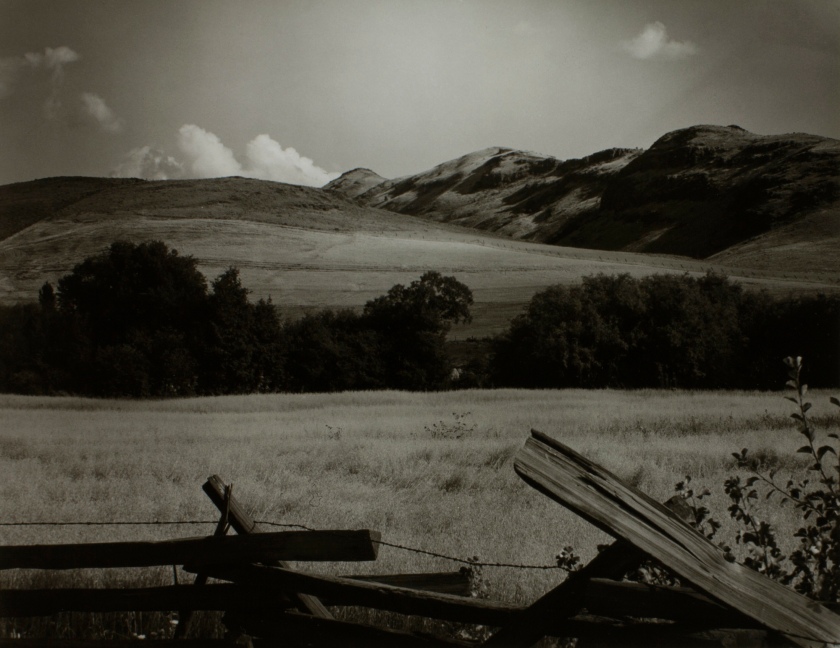

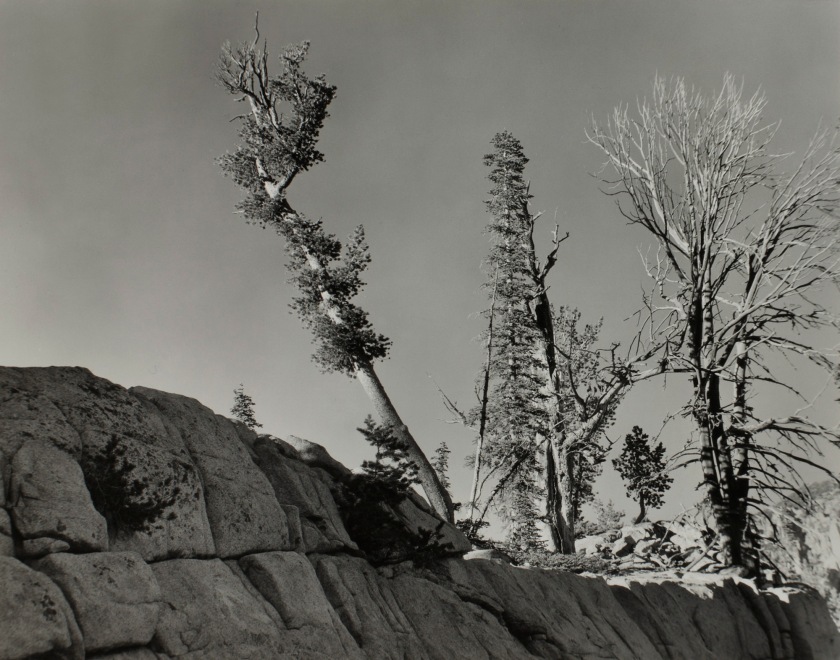







![Brassaï (Gyulá Halász) (Hungarian-French, 1899-1984) 'Vista per sota del Pont Royal cap al Pont de Solférino [View through the pont Royal toward the pont Solférino]' c. 1933 Brassaï (Gyulá Halász) (Hungarian-French, 1899-1984) 'Vista per sota del Pont Royal cap al Pont de Solférino [View through the pont Royal toward the pont Solférino]' c. 1933](https://artblart.com/wp-content/uploads/2018/04/br-4-web.jpg?w=840)
![Brassaï (Gyulá Halász) (Hungarian-French, 1899-1984) 'Porteria, París [Concierge's Lodge, Paris]' 1933 Brassaï (Gyulá Halász) (Hungarian-French, 1899-1984) 'Porteria, París [Concierge's Lodge, Paris]' 1933](https://artblart.com/wp-content/uploads/2018/04/br-1-web.jpg?w=650&h=857)




















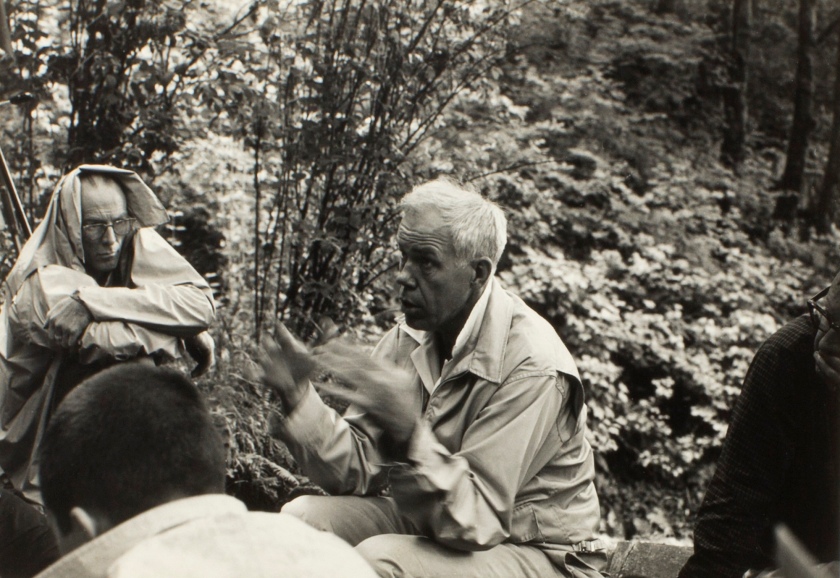


























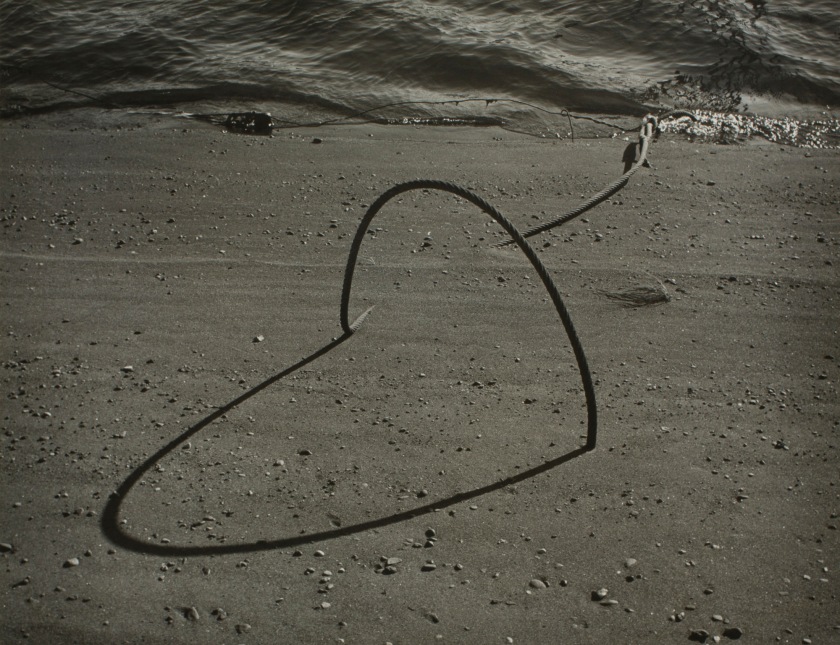





















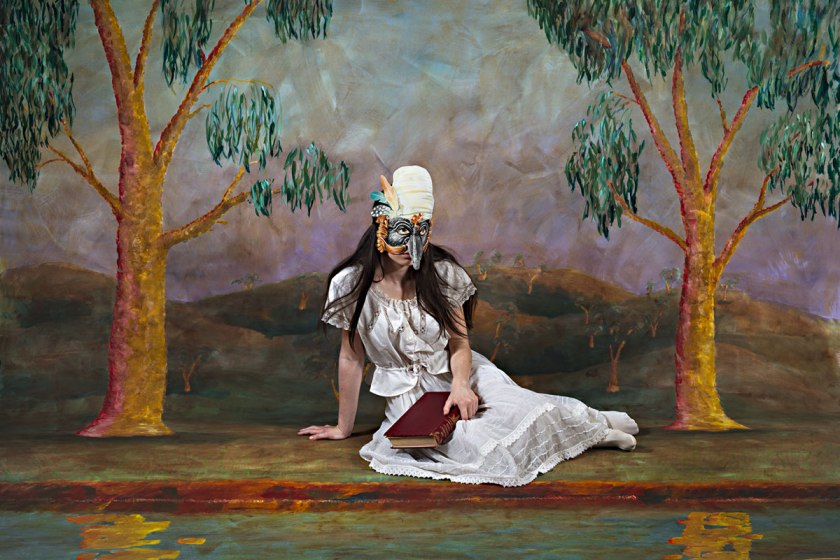












You must be logged in to post a comment.